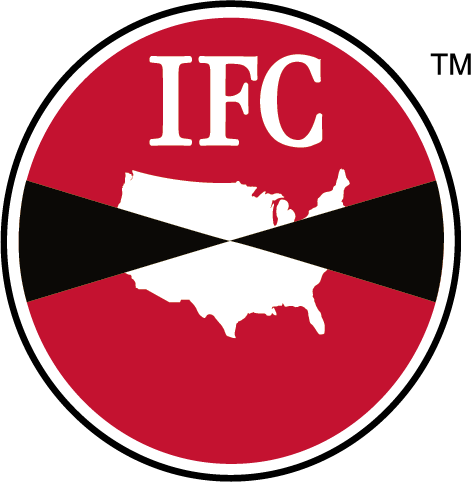Emphasis for pest management is increasingly focused on prevention rather than reaction measures. Of course, one will still need to react if some level of infestation is discovered, and it will be best to discover and correct situations as early as possible.
Sanitarians often have lead responsibilities for pest control and interface with pest management contractors. Whereas pest management is inter-disciplinary, however, some coordination is needed between sanitation managers and their counterparts in maintenance, production, and other departments. Teamwork with maintenance, especially, has often been the attribute that contributes to excellence in pest management. Harborage elimination and exclusion are two fundamental elements of Integrated Pest Management (IPM) where maintenance involvement is likely to be necessary.
5 Pest Prevention Tips for Sanitation
- Inspect and document. Create a “Master Inspection Schedule” if you don’t already have one. Better yet, assemble the management team periodically for some of the inspections – perhaps monthly. The value will be to have all the players involved to prioritize needs for corrective actions and downtime.
- Proactive treatments. You probably already know when certain pests will be a challenge – certain invaders in the spring, and others in the fall; stinging insects and Indian Meal Moth (IMM) in the late summer and fall; and so on. Get ahead of the cycles! Schedule outdoor barrier treatments with residual before pressure develops. Get pheromone mating disruption devices in place before IMM populations explode. Consider use of grain protectants instead of waiting for inevitable infestations and fumigating. Versatile insect growth regulators (IGR’s) should always be positioned as preventative treatments.
- Be prepared for immediate response to pest discovery. Service providers all do their best to respond as soon as possible to calls, but why wait even an hour? Nip little problems in the bud before they escalate. Assemble an emergency kit of certain products that can be used in-house to respond immediately to common issues:
- Mist net for interior bird capture. Virtually invisible to birds, these can be positioned in bird flight paths to quickly entrap birds that get indoors and resist going back out through a door.
- “Border Patrol” rodent glue paper. Ideal for quickly isolating pallet(s) or an open trailer where a mouse has been spotted or suspected, and trapping when it tries to escape.
- Make the best use of available down time. Down time for deep cleaning is precious! Sweeping floors might not be the best use of your labor resources when these opportunities present. Use your monitoring data to identify the trouble spot that needs attention and take action during down town.
- Tackle bird problems during the winter. Bird control measures will always be easier if the birds are not currently nesting.
5 Pest Prevention Tips for Maintenance
The value of a maintenance person with some sealant and simple hardware cannot be overstated. Consider the tradeoff between a pest management technician that makes treatments routinely and has certain chronic challenges, and some simple maintenance work that could solve an exclusion or harborage issue once and for all.
- Fix doors that don’t close properly or have gaps. A tremendous number of insect and rodent issues can be traced to simple openings to the outdoors. Door openings are the most common culprit, but other openings can be anywhere from ground level up to the roof.
- Seal cracks. Most of the important insect pests spend most of their lives in cracks and crevices. These may be expansion joints in concrete floors, floor-wall junction cracks, or cracks at the edges of various panels or sheeting materials. Clean cracks out as well as possible, treat with residual insecticide and fill with sealant.
- Seal wall penetration holes. Oversized holes where pipes, wires or other utilities pass through walls create harborages in their own right, and sometimes pathways into wall voids.
- Attend to proper storage of dead equipment and hardware supplies. Hardware supplies and dead equipment – often dirty and in a heap somewhere, is great harborage for insects and rodents. Clean these and cap pipes, etc. Store hardware and equipment in an orderly manner and off the floor or ground.
- Think like a bug! Create a list of cracks, holes, and other deficiencies, and track your progress in getting them fixed. Make this an exercise in accomplishing great things with minimum expense rather than a daunting challenge. It may be helpful to prioritize areas by zones.



